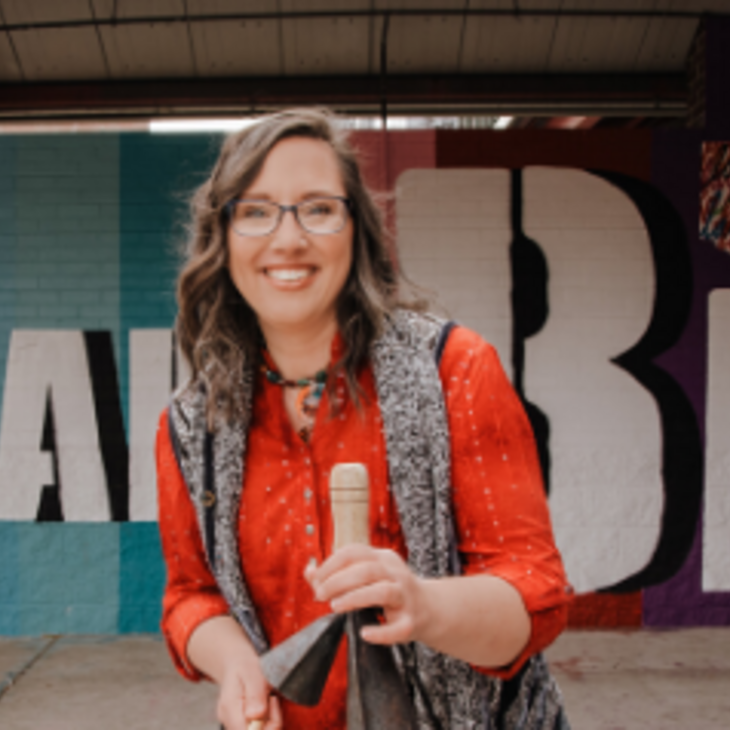At The Ohio State University, students in pharmacy, nursing, respiratory therapy, dietetics, medicine and physical therapy are learning more than just their chosen profession; they are learning to work with other healthcare professionals.
Students from these areas recently met for interprofessional simulation education. This experience was the first time for multiple disciplines to come together to learn about working as a team in a hospital setting. It was held at the College of Nursing’s Technology Learning Complex (TLC) simulation lab.
According to Lisa Rohrig, RN, BSN, director of the TLC Lab, this simulation was a chance for students to discover the expertise and capabilities of other professions. Rohrig said, “Our goal is when students go on their clinical rotations they will be more familiar with their role as part of the healthcare team in the hospital setting. I also think it really makes them aware of their need to collaborate and aids in the effective communication between different healthcare professionals. All this with the end result of better patient outcomes.”
The simulation starts with a group of interprofessional students analyzing charts followed by rounds with the patients, both live actors and human patient simulators, led by a nurse practitioner or medical student. Each student is given time to give their report, make recommendations and ask questions of the other team members. This is followed by each profession implementing their specific patient care plan. There is a second rounding session, and then it concludes with a debriefing at the end of the exercise.
Julie Legg, PharmD, assistant director of advanced pharmacy practice experiences for the College of Pharmacy, explains how the exercise is beneficial for students about to embark in a real hospital setting. “We have conducted simulations with pharmacy and nursing in the past, and the results were very positive,” said Legg. “This expanded exercise is exposing students to new vocabularies from other disciplines and teaching them the different scopes of practice.”
Students also expressed what a positive experience this was for their learning. Jessica Boyles and Andrew Richard, both doctor of pharmacy students, were two of the students who participated in the simulation.
Boyles said, “It was a great opportunity to work the other students. I was able to better identify my role as a pharmacist in the hospital setting. It gave me a lot of confidence in my job and that we are all fully and completely treating the patient.”
“The multidisciplinary approach gives us a better idea on how to interact,” added Richard. “I might do something that is similar to what another profession does, and by doing it together we can create a greater impact for the patient.”
When asked if they would recommend the experience to other students, Boyles and Richard replied in unison, “Absolutely!”
Written by Emily Keeler, director of communications for the College of Pharmacy


